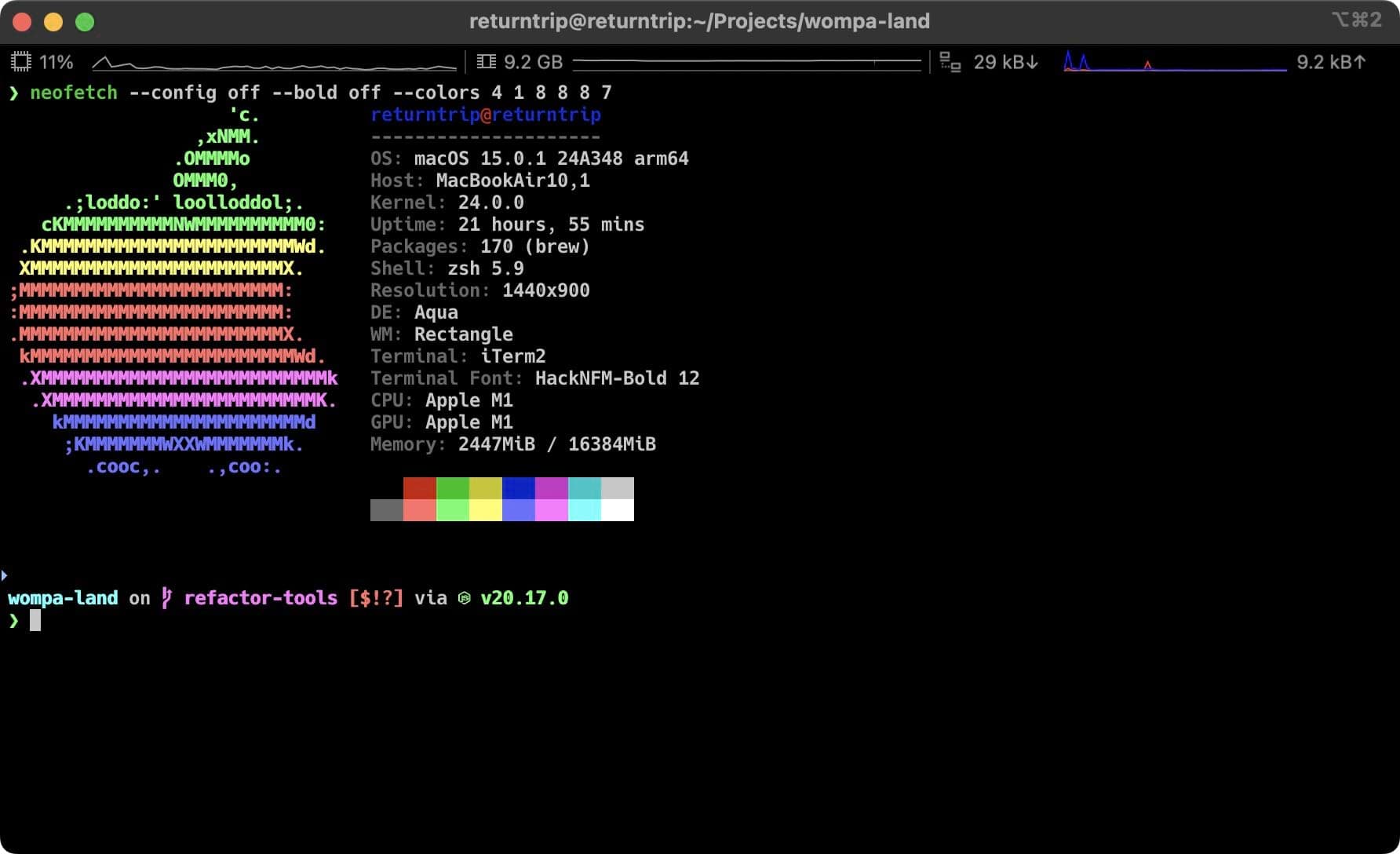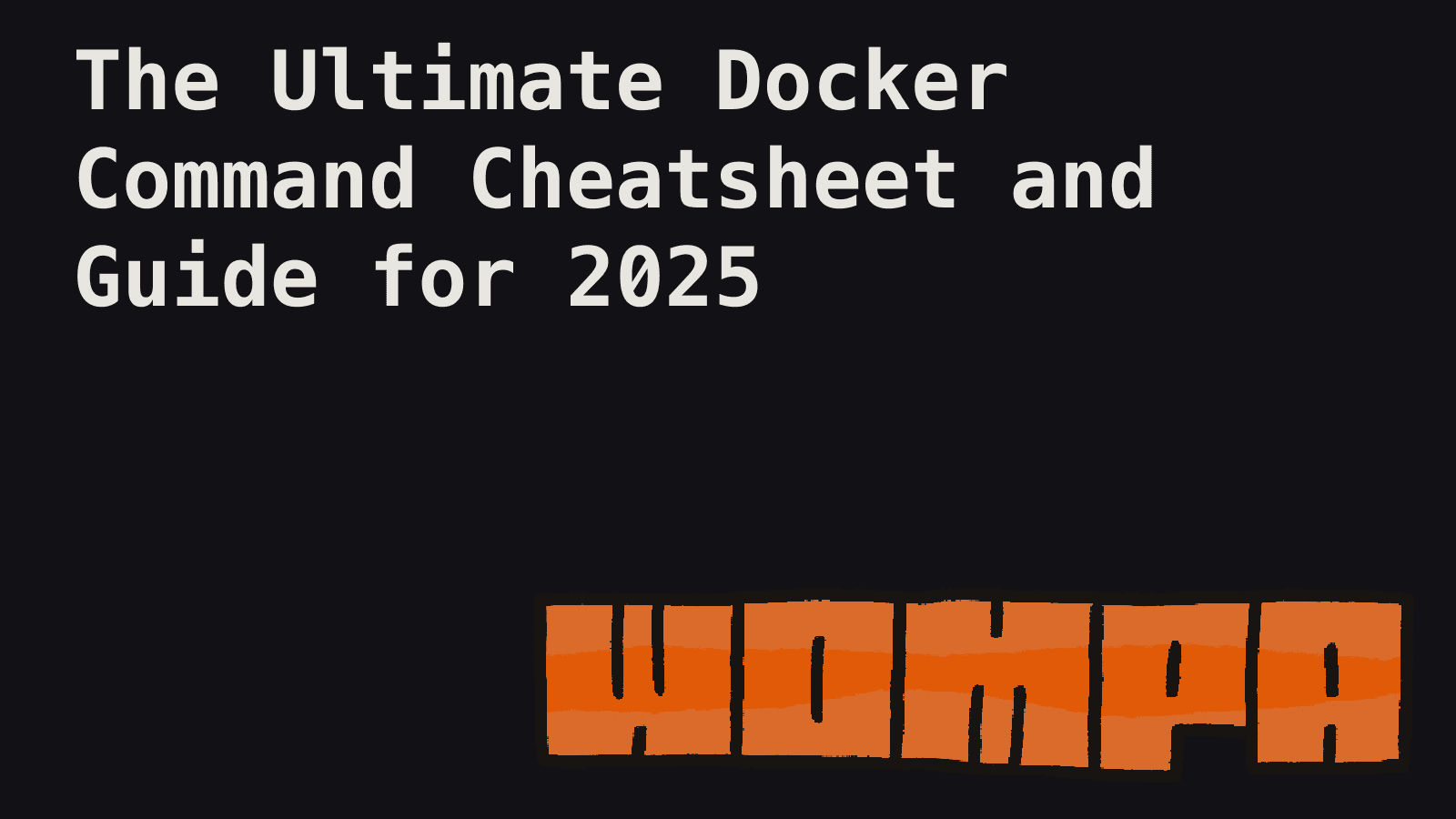
The decentralized exchange (DEX) landscape is experiencing a seismic shift, and at the center of this transformation lies Bulk.Trade—a groundbreaking protocol that promises to deliver centralized exchange (CEX) performance while maintaining the security and transparency of decentralized finance. With 20-millisecond order matching and innovative architectural solutions, Bulk.Trade is addressing the fundamental trade-offs that have plagued crypto trading since its inception.
For years, traders have been forced to choose between the lightning-fast execution of centralized exchanges and the custody security of decentralized platforms. This comprehensive guide explores how Bulk.Trade's revolutionary architecture is eliminating this compromise, potentially reshaping the future of institutional and retail crypto trading.
The Trillion-Dollar Problem: DEX vs CEX Trade-offs
Understanding the Current Trading Dilemma
The crypto trading ecosystem has long been divided into two distinct camps, each with significant advantages and critical drawbacks:
Centralized Exchanges (CEXs):
- Lightning-fast execution (typically 50-100ms order matching)
- Deep liquidity and tight spreads
- Professional-grade features and risk management
- Major vulnerability: Complete custody risk and single points of failure
Decentralized Exchanges (DEXs):
- Self-custody and transparency
- Censorship resistance
- Composability with other DeFi protocols
- Critical limitations: Slow execution, high costs, and MEV extraction
The MEV Problem: A $1.4 Billion Annual Tax on Traders
Maximum Extractable Value (MEV) represents one of the most significant barriers to professional trading on decentralized platforms. In 2023 alone, MEV bots extracted over $1.38 billion from unsuspecting traders through:
- Front-running: Copying profitable trades before they execute
- Sandwich attacks: Manipulating prices around large trades
- Back-running: Extracting value from price movements caused by others' trades
This systematic value extraction has kept institutional traders, market makers, and high-frequency trading firms largely away from DeFi, limiting liquidity and market efficiency.
Introducing Bulk.Trade: The Architecture Revolution
What Makes Bulk.Trade Different?
Bulk.Trade represents a fundamental reimagining of how decentralized trading can work. Instead of forcing trades through standard blockchain transaction pipelines, the protocol introduces a specialized execution layer that runs parallel to Solana's consensus mechanism.
The core innovation lies in separating execution speed from settlement security—allowing traders to experience CEX-like performance while maintaining DeFi's custody guarantees.
The Three Pillars of Bulk's Architecture
1. BULK Tile: The In-Memory Trading Engine
The BULK Tile is a sophisticated in-memory execution engine that runs on every Solana validator. This specialized software handles:
- Order matching at microsecond speeds
- Real-time risk management and margin calculations
- Liquidation logic and position management
- PnL calculations and mark price updates
Unlike traditional DEXs that must wait for blockchain confirmation between each step, the BULK Tile processes all trading operations simultaneously in memory.
2. BULK Net: Military-Grade Order Propagation
BULK Net solves the critical challenge of getting order information to all validators quickly and reliably. The system uses:
- Reed-Solomon erasure coding (the same technology NASA uses for spacecraft communication)
- UDP-based networking for minimal latency
- 8-shard distribution where any 6 pieces can reconstruct the original order
- Sub-20ms global propagation even with packet loss
When you place an order, it gets split into 8 pieces and blasted across the network via multiple routes, guaranteeing arrival even if some packets are lost.
3. Deterministic Matching: Mathematical Fairness
Every 20 milliseconds, all validators perform identical order sorting using a deterministic mathematical formula:
hash(public_key + nonce + tick_timestamp)
This ensures that regardless of which validator processes your order first, all honest validators produce identical results—eliminating front-running and reordering advantages.
Technical Deep Dive: How 20ms Matching Actually Works
The Tick-Based Execution Model
Bulk.Trade operates on a 20-millisecond tick cycle, creating discrete time windows for order processing:
Tick Timeline:
- 0-19ms: Order collection and propagation via BULK Net
- 20ms mark: All validators simultaneously sort and match orders
- 20-25ms: BLS signature aggregation for consensus
- 25-40ms: Economic finality achieved for traders
This tick-based model eliminates the chaotic continuous matching of traditional systems, replacing it with predictable, fair execution windows.
Leaderless BLS Consensus: No Single Point of Failure
Traditional blockchains rely on a single leader to propose what happened, creating bottlenecks and potential manipulation points. Bulk.Trade uses leaderless consensus where:
- All validators continuously sign their execution results
- BLS (Boneh-Lynn-Shacham) signatures aggregate mathematically
- When ≥80% of stake agrees, the tick is instantly finalized
- Disagreements result in skip-and-continue (no forks or delays)
This approach eliminates leader election overhead while maintaining Byzantine fault tolerance.
Dual Finality: Best of Both Worlds
Bulk.Trade introduces a revolutionary dual finality model:
Economic Finality (25-40ms):
- Traders can immediately update positions
- New orders can be placed instantly
- Risk calculations are updated in real-time
- Practical trading operations proceed without delay
Settlement Finality (Later):
- Final state commits to Solana's L1 blockchain
- Provides ultimate security and immutability
- Enables composability with other DeFi protocols
- Maintains audit trail and regulatory compliance
Professional Trading Features: CEX-Grade Functionality
Advanced Order Types and Risk Management
Bulk.Trade's Alphanet currently supports comprehensive trading functionality:
Order Types:
- Market Orders: Instant execution at current prices
- Limit Orders: Price-controlled execution
- Good-Till-Canceled (GTC): Orders remain active until manually cancelled
- Immediate-or-Cancel (IOC): Execute immediately or cancel entirely
- All-or-None (ALO): Execute full size or cancel
Risk Controls:
- Cross and Isolated margin modes
- Real-time margin checks before order placement
- Pre-flight validation preventing impossible orders
- Position size limits based on account equity
Sophisticated Mark Price Calculation
The mark price system prevents manipulation through a three-source median calculation:
- Adjusted Oracle Price: External price feeds with local premium/discount adjustments
- Local Order Book Median: Calculated from current bid, ask, and last trade prices
- Smoothed Local Price: Exponential moving average of recent local prices
Using the median of these three sources provides robustness against both external manipulation and local orderbook attacks.
Smart Liquidation Engine
Bulk.Trade's liquidation system minimizes market impact through:
Progressive Liquidation:
- Order cancellation: All resting orders removed first
- Partial liquidation: Only 20% of large positions liquidated initially
- Cooldown periods: Prevents rapid successive liquidations
- Reduce-only orders: Positions can only be decreased during liquidation
Auto-Deleveraging (ADL):
- Last resort mechanism when liquidations are insufficient
- Closes profitable opposing positions to cover bad debt
- Prevents socialized losses across all users
- Maintains system solvency in extreme market conditions
Real-World Impact: Current Alphanet Performance
Live Trading Results
Bulk.Trade's Alphanet demonstrates the practical viability of the architecture:
Supported Markets:
- BTC/USD Perpetuals (up to 20x leverage)
- ETH/USD Perpetuals (up to 20x leverage)
- SOL/USD Perpetuals (up to 20x leverage)
Performance Metrics:
- Average order matching: 20ms
- Economic finality: 25-40ms
- Settlement to Solana: Variable based on network conditions
- Uptime: >99.5% since launch
Professional Features in Production
Funding Mechanism:
- Hourly funding payments between longs and shorts
- Clamped funding rates prevent extreme scenarios
- Interest rate component based on USDC borrowing costs
- Premium/discount adjustments for price convergence
Self-Trade Prevention (STP):
- Automatic cancellation of resting orders on self-crosses
- Zero fees charged for prevented self-trades
- Prevents market manipulation through wash trading
- Maintains order book integrity
Market Implications: Why This Matters Now
Institutional Adoption Catalysts
The timing of Bulk.Trade's emergence coincides with several institutional adoption trends:
Regulatory Clarity:
- Bitcoin ETF approvals signal institutional acceptance
- Clear regulatory frameworks emerging globally
- Compliance-friendly decentralized infrastructure needed
Performance Requirements:
- Institutional traders need microsecond latencies
- Risk management must match traditional finance standards
- Professional-grade features are non-negotiable
Custody Solutions:
- Self-custody preferred over exchange custody
- Regulatory compliance easier with transparent systems
- Operational risk reduced through decentralization
Market Maker Economics
High-frequency market makers represent the largest potential beneficiaries:
Current Challenges:
- DEX latencies make continuous quoting impossible
- MEV extraction reduces profitability
- Limited order types restrict sophisticated strategies
Bulk.Trade Solutions:
- 20ms execution enables HFT strategies
- Deterministic matching eliminates MEV concerns
- Professional tooling supports complex workflows
Liquidity Provider Incentives
The mathematical fairness of Bulk.Trade's matching creates new incentive structures:
- Market makers can quote tighter spreads without front-running risk
- Liquidity providers face reduced adverse selection
- Professional traders can implement sophisticated strategies on-chain
Comparing Alternatives: How Bulk Stands Apart
Traditional DEX Limitations
| Feature | Traditional DEXs | Bulk.Trade | |---------|------------------|------------| | Order Matching Speed | 500-2000ms | 20ms | | MEV Vulnerability | High | None | | Order Types | Limited | Professional | | Risk Management | Basic | Advanced | | Front-running Protection | Minimal | Mathematical | | Institutional Ready | No | Yes |
Centralized Exchange Comparison
| Feature | CEXs | Bulk.Trade | |---------|------|------------| | Execution Speed | 50-100ms | 20ms | | Custody Model | Centralized | Self-custody | | Transparency | Opaque | Full visibility | | Regulatory Risk | High | Distributed | | Single Point Failure | Yes | No | | Censorship Resistance | No | Yes |
Implementation Guide: Getting Started with Bulk.Trade
Connecting to Alphanet
Prerequisites:
- Solana wallet (Phantom, Solflare, etc.)
- USDC for margin and trading
- Basic understanding of perpetual futures
Setup Process:
- Connect wallet to alphanet.bulk.trade
- Deposit USDC for margin requirements
- Review contract specifications for each market
- Start with small positions to familiarize with interface
API Integration for Developers
REST API Endpoints:
- Market data: Real-time prices, orderbook, trade history
- Account management: Balances, positions, order history
- Order placement: All order types and modifications
- Risk monitoring: Margin levels, liquidation prices
WebSocket Feeds:
- Real-time market data updates
- Account state changes
- Order fill notifications
- Position updates
Risk Management Best Practices
Position Sizing:
- Start with 1-2x leverage maximum
- Never risk more than 1-2% of capital per trade
- Use stop-losses and take-profit orders
Market Understanding:
- Perpetual funding affects long-term positions
- Mark price movements can trigger liquidations
- Liquidity varies by market and time of day
Troubleshooting Common Issues
Connection Problems
Wallet Connection Issues:
- Ensure wallet is connected to Solana mainnet
- Check for sufficient SOL for transaction fees
- Try refreshing browser or clearing cache
Order Placement Failures:
- Verify sufficient margin for position
- Check minimum order sizes for each market
- Ensure price within reasonable bounds
Understanding Liquidations
Liquidation Triggers:
- Maintenance margin falls below required levels
- Mark price movements reduce position equity
- Funding payments affect margin calculations
Prevention Strategies:
- Monitor margin ratios continuously
- Set appropriate stop losses
- Avoid maximum leverage positions
- Keep additional margin available
Frequently Asked Questions
General Questions
Q: Is Bulk.Trade fully decentralized? A: Yes, the execution layer runs on Solana validators without central operators. Settlement occurs on Solana's L1 blockchain, maintaining full decentralization.
Q: How does 20ms matching compare to centralized exchanges? A: Most CEXs achieve 50-100ms matching. Bulk.Trade's 20ms execution is actually faster than many centralized platforms.
Q: What happens if validators disagree on execution results? A: The system skips that tick and moves to the next one. Misbehaving validators are automatically jailed from consensus.
Technical Questions
Q: How does Reed-Solomon encoding work for order propagation? A: Orders are split into 8 pieces where any 6 can reconstruct the original. This provides redundancy against packet loss while maintaining speed.
Q: What prevents MEV extraction on Bulk.Trade? A: Deterministic ordering within 20ms ticks eliminates reordering opportunities. All validators produce identical execution results.
Q: Can smart contracts interact with Bulk.Trade? A: Yes, the system maintains composability with Solana's ecosystem while providing specialized trading execution.
Trading Questions
Q: What's the minimum deposit to start trading? A: There's no official minimum, but practical trading requires enough USDC to meet margin requirements and cover potential losses.
Q: How are funding rates calculated? A: Funding uses a clamped formula based on the premium/discount between mark price and index price, paid hourly between longs and shorts.
Q: What leverage is available? A: Currently up to 20x leverage on BTC, ETH, and SOL perpetuals, with maintenance margin requirements scaling by position size.
The Future of Decentralized Trading
Institutional Adoption Timeline
Near-term (6-12 months):
- Market maker onboarding and liquidity building
- Additional perpetual markets (altcoin pairs)
- Advanced order types and trading features
Medium-term (1-2 years):
- Options and structured products support
- Cross-chain expansion beyond Solana
- Institutional custody integrations
Long-term (2+ years):
- Traditional finance bridge products
- Regulatory compliance tools and reporting
- Global institutional adoption
Technology Evolution
The architectural innovations pioneered by Bulk.Trade represent more than just faster trading—they demonstrate that decentralized systems can outperform centralized alternatives across multiple dimensions simultaneously.
Key Innovations Being Watched:
- Deterministic execution models
- Leaderless consensus mechanisms
- Dual finality architectures
- In-memory processing on validators
Market Structure Implications
If Bulk.Trade's model succeeds at scale, it could fundamentally reshape crypto market structure:
- Professional trading firms migrating to DeFi
- Market making becoming more competitive and fair
- Institutional capital flowing into decentralized markets
- Traditional exchanges adopting similar architectural patterns
Conclusion: A New Era for Decentralized Finance
Bulk.Trade represents a watershed moment in the evolution of decentralized finance, proving that the traditional trade-offs between speed, security, and decentralization are not immutable laws but engineering challenges waiting for innovative solutions.
The protocol's 20-millisecond matching, mathematical fairness, and professional-grade features demonstrate that decentralized systems can not only compete with centralized alternatives but actually surpass them in key performance metrics while maintaining the fundamental principles that make DeFi valuable.
For traders, market makers, and institutions who have been waiting for infrastructure that doesn't compromise on performance or principles, Bulk.Trade's live Alphanet provides an opportunity to experience the future of crypto trading today. The combination of CEX-grade execution with DEX-level transparency and custody represents exactly the kind of breakthrough that could accelerate mainstream adoption of decentralized finance.
As the crypto market continues to mature and institutional participation grows, protocols like Bulk.Trade that eliminate traditional compromises will likely become the foundation for the next generation of financial infrastructure. The question isn't whether decentralized trading will eventually match centralized performance—Bulk.Trade suggests it already has.
Ready to experience 20ms decentralized trading? Visit the Bulk.Trade Alphanet to test drive the future of DeFi trading with live Bitcoin, Ethereum, and Solana perpetuals.

